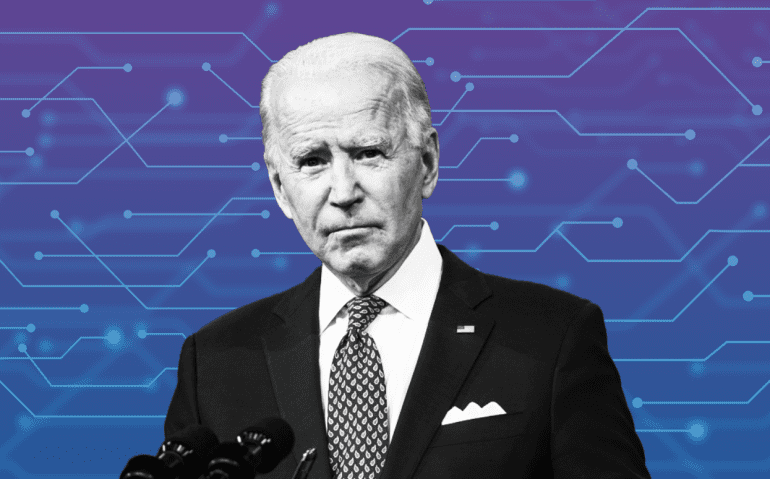- Department of Homeland Security forms advisory panel for AI safety and security.
- The board includes tech luminaries like CEOs of OpenAI, Microsoft, and Alphabet.
- The initiative follows Biden’s executive order on AI regulation.
- The aim is to prevent disruptions to critical services from AI-related threats.
- Potential threats range from autonomous drones to cyberattacks on vital systems.
- DHS emphasizes using AI to counter AI threats.
- Recommendations to guide responsible AI deployment for infrastructure stakeholders.
- The board features CEOs from Delta Air Lines, Northrop Grumman, and Occidental Petroleum.
- Includes political figures and civil rights organization leaders.
Main AI News:
In a bid to safeguard critical infrastructure from the burgeoning threats of artificial intelligence, the Department of Homeland Security has inaugurated an advisory panel. Comprising 22 esteemed members, the Artificial Intelligence Safety and Security Board boasts luminaries from the tech realm, including Sam Altman, CEO of OpenAI, Satya Nadella, CEO and chairman of Microsoft, and Sundar Pichai, CEO of Alphabet.
This initiative stems from President Joe Biden’s directive in October, which was marked by an extensive executive order on AI. It marks the federal government’s inaugural stride toward regulating the technology, especially in the wake of the viral popularity of advanced AI applications like OpenAI’s ChatGPT.
The primary objective of the board is to formulate strategies to prevent and mitigate AI-related disruptions to critical services, encompassing national security, economic stability, public health, and safety. The burgeoning AI landscape harbors a spectrum of potential security threats, ranging from autonomous drone swarms to the proliferation of bioweapons and sophisticated cyberattacks on vital computer systems.
In response, the Department of Homeland Security underscores the imperative of leveraging AI to combat AI. The board is tasked with delineating recommendations to guide critical infrastructure stakeholders, including transportation services, power grid operators, and internet service providers, in the responsible deployment of AI technologies.
Homeland Security Secretary Alejandro Mayorkas emphasizes the dual nature of AI, acknowledging its capacity to propel national interests while cautioning against its inherent risks. He advocates for the adoption of best practices and concerted actions to mitigate these risks effectively.
In addition to tech luminaries, the board encompasses a diverse array of stakeholders, including the CEOs of Delta Air Lines, Northrop Grumman, and Occidental Petroleum. Notably, it also features prominent political figures such as Maryland’s Democratic Governor Wes Moore and Seattle Mayor Bruce Harrell, alongside leaders from civil rights organizations. This collaborative effort signifies a pivotal step in fortifying the nation’s resilience against emergent AI threats while harnessing its transformative potential for the greater good.
Conclusion:
The collaboration between tech leaders and the Biden administration to address AI safety and security signifies a concerted effort to mitigate emerging threats while leveraging the transformative potential of AI. This initiative underscores the growing importance of AI regulation and responsible deployment for safeguarding critical infrastructure, presenting both challenges and opportunities for the market. Companies operating in AI-related sectors may need to adapt to evolving regulatory landscapes and prioritize measures to ensure the security and resilience of their technologies.

